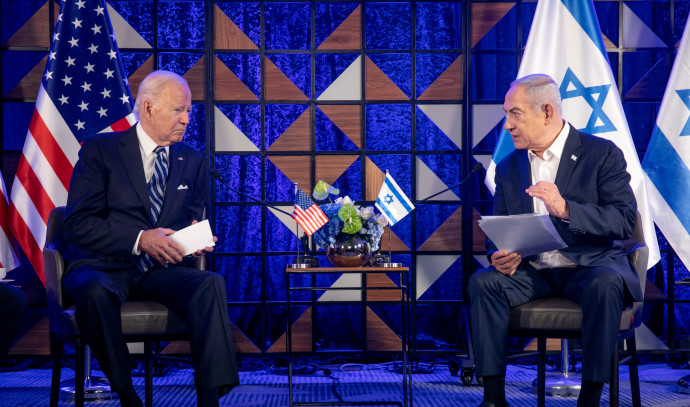What the 2025 Club World Cup will bring to one of Asia’s top teams

Jo Hyeon-woo of Ulsan Hyundai celebrates his team’s victory in the quarter-finals of the AFC Champions League … (+)
Less than a year before the 2025 FIFA Club World Cup, there are doubts as to whether the 32-team tournament will even take place.
The host cities have yet to be decided, important sponsorship and television deals have not yet been confirmed and the players are threatening to boycott the tournament.
However, much of the criticism comes from Europe, while the tournament could be crucial for teams from the rest of the world.
South Korean club Ulsan HD, which qualified for the tournament based on its four-year ranking in the Asian Football Confederation, is one such team looking forward to the Club World Cup.
Ulsan HD CEO Kim Kwang-kug expects that “this experience will bring the greatest growth in the club’s 42-year history.”
He said that by participating in the Club World Cup, Ulsan’s “competitiveness in various areas, including performance and management, as well as that of our fan club and other affiliated groups, will experience a remarkable increase.”
Teams from at least 20 nations take part in the tournament and play at least three group matches against opponents from all over the world.
This was not possible in the previous Club World Cup format. When Ulsan entered the 2020 tournament, they only had the chance to face Mexican side Tigres and Qatari hosts Al-Duhail. Kim says: “We are most looking forward to competing against the best teams on the world stage and making our team widely known.”
Hong Myung-bo, Ulsan’s head coach at the 2020 Club World Cup, said before being appointed as the new head coach of the South Korean national team that the 2020 tournament “ended somewhat regrettably due to the pandemic and an imperfect team,” but that Ulsan wants to use the 2025 Club World Cup as “an opportunity to show what we can do.”
In addition to the chance to play against some of the biggest clubs in the world, teams like Ulsan will also experience a financial windfall which, according to CEO Kim, will “significantly boost the club’s finances” and will not only allow them to sign players who can make an immediate impact, but will also help them develop the next generation of young players.
A big part of the reason for this tournament is financial. While UEFA’s revenue comes from both the European Championship and annual club competitions such as the Champions League, FIFA’s coffers are only filled by revenue from the World Cup every four years.
There is a lot of money in football, but most of it stays in European football. If this larger Club World Cup is a success, FIFA would have two major, revenue-generating events in each four-year cycle, which would expand FIFA’s options and perhaps spread some of that money to other confederations as well.
Players’ unions have threatened FIFA with legal action over the Club World Cup, saying the packed schedule would affect players’ health. However, many of those players are at clubs that wanted the UEFA Champions League expanded from this season and are travelling to the US on long preparation tours this summer. According to FIFA, the clubs’ matches would make up around 2% of the total schedule of teams competing in continental competitions.
Hong points out that unlike European teams who might use this tournament as a kind of pre-season tour, Ulsan “requires a different approach to our preparations because the Club World Cup is in the middle of our season.”
Despite the extra games, it is a competition that Ulsan’s players are looking forward to.
Ulsan club captain Kim Kee-hee, who could face his former club Seattle Sounders in the Club World Cup, said: “The schedule will be tough and the tournament will be hot, but the excitement outweighs the worries.”



